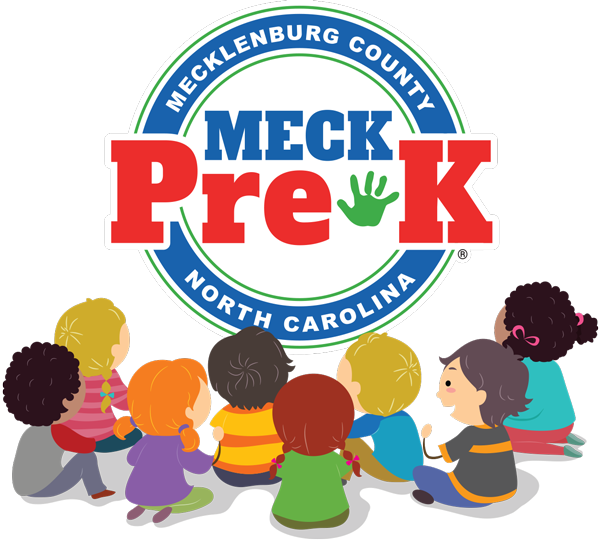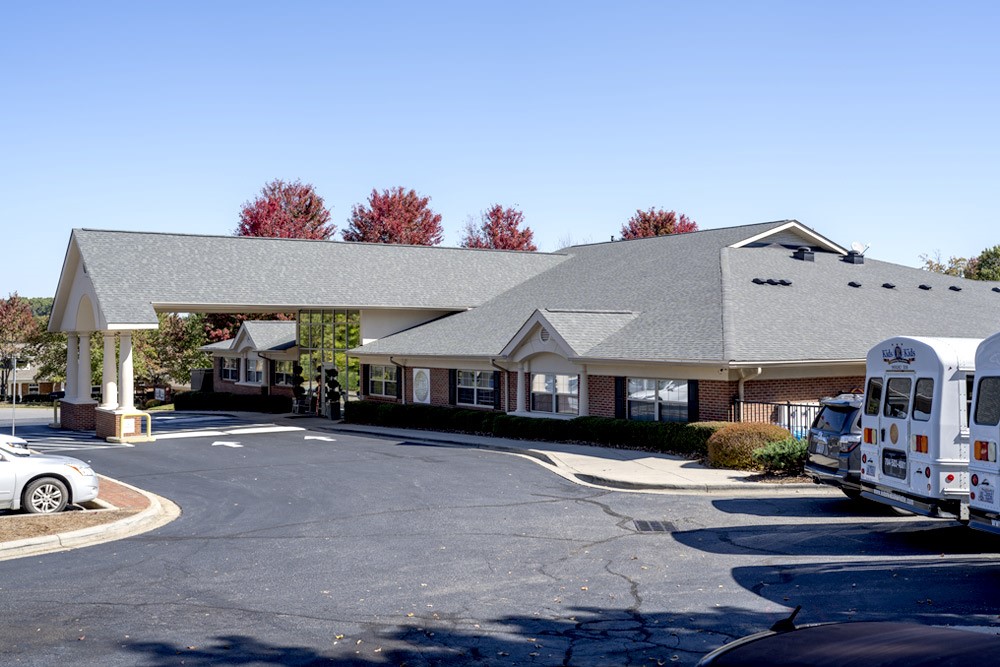Pre-K can play a valuable part in a child’s early education and social development — but is your child ready for Pre-K and how much time should children four-year-olds actually be spending in the classroom? Half Day Pre-K vs. Full Day Pre-K: Which Is Better?
In this article, we’ll explore the debate between a half day vs. a full day of pre-k and present the pros and cons of each so you can make an informed decision about your child’s preschool experience.
Half Day Pre-K
A half day of pre-k typically lasts around 3 to 4 hours. Half-day preschool programs may take place in either the morning or afternoon. However, every program’s schedule is a little bit different, and some programs may have significantly different schedules.
How Do Students Spend a Half Day Pre-K?
In a half-day pre-k program, students typically begin with a welcome activity, like a name game. They may also eat a healthy breakfast (if it’s a morning program) or lunch (if it’s an afternoon program). Then, they cycle through a variety of educational activities, such as:
Circle time: Students gather for a structured activity or lesson. Circle time usually happens at the beginning of the day, and the welcome activity may be incorporated into circle time.
Centers: Students can choose between various “centers” where they explore specific skills, topics, or crafts in small groups with the help of a teacher.
Snack time: Students take a short break to eat a nutritious snack, and everyone helps clean up afterward.
Outside playtime: Students are also given some supervised playtime outside. If the weather is bad, students may be given the opportunity to participate in indoor group games.
Story time: Students gather to listen to a story read by a teacher. Story time is also an opportunity to work on a literacy skill for the day.
Pros and Cons of Half-Day Pre-K
Here’s a brief breakdown of the pros and cons of half-day pre-k:
PROS:
- A shorter day means more time to spend at home with primary caregivers.
- A condensed schedule may be better for shy children who need a gentler transition into the school experience.
CONS:
Half-day programs allow less time for learning and socializing.
Full Day Pre-K
A full day of pre-k usually lasts around 6 ½ hours throughout the morning and afternoon — much like a typical K-12 school day. School usually begins in the morning around 9:00 and ends in the afternoon around 3:00. Remember, this is just what’s common and some programs may have very different schedules!
How Do Students Spend a Full Day Pre-K?
A full day of pre-k includes many of the same elements of a half day of pre-k. Students do not necessarily engage in more activities throughout the day, but they are able to take each activity at a slower pace, giving them the chance to fully explore different experiences with the help of their teachers.
Often, a full day of pre-k includes naptime. A scheduled time for resting is not usually necessary for a half day of pre-k, but for programs that last six hours or more, a short nap break is essential!
Naturally, full-day pre-k also typically includes more meals than half-day pre-k. Full-day students will usually receive lunch and one or two snack times throughout the day. They may also be given breakfast if the program begins early.
Pros and Cons of Full-Day Pre-K
Here’s a brief breakdown of the pros and cons of full-day pre-k:
PROS:
- A longer day allows students to spend more time exploring activities that interest them.
- More time to socialize with other children can have positive effects on a child’s development.
- The program lasts most of the day, which can be helpful for busy, working caregivers.
CONS:
- Some children ages 2 – 4 may not yet be emotionally ready to spend a full day at school.
How to Choose a Pre-K
Full-day and half-day pre-k both have advantages and disadvantages, and there are no objective benefits to choosing one over the other. Ultimately, the decision should come down to what works best for you and your child.
It’s very important to assess your child’s needs, personality, age and maturity in order to make a decision that’s centered around providing them with a positive experience.
Choosing MECK Pre-K For Your Child
MECK Pre-K is a free, 6 1⁄2-hour per day pre-K program for four-year-olds in Mecklenburg County, North Carolina. MECK’s varied classroom schedules include:
- Teacher-led small groups to help students work on specific skills.
- Intentionally designed learning centers for children to choose from.
- Outside play, lunch and snacks, storytime, quiet time, group learning through songs, and more!
MECK Pre-K is high-quality free pre-K education open to all four-year-old children in Mecklenburg County.
Classrooms are located in licensed childcare centers and taught by licensed teachers and highly qualified assistant teachers.
For more information, and to apply online, visit MECKPreK.org!

